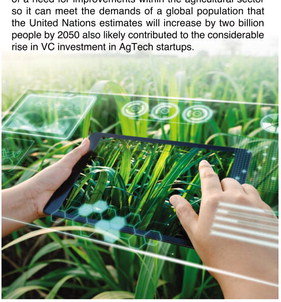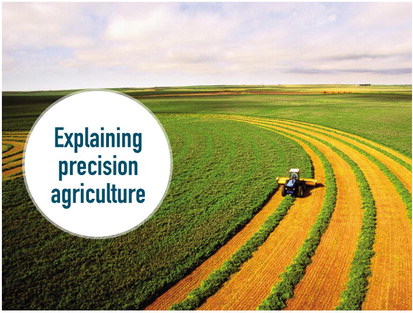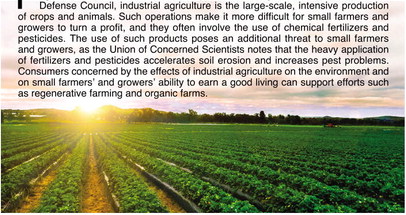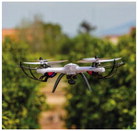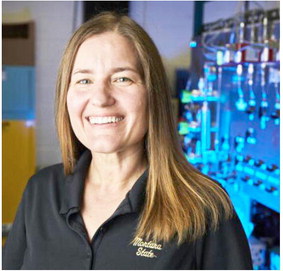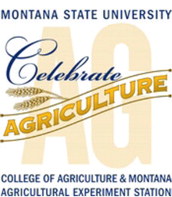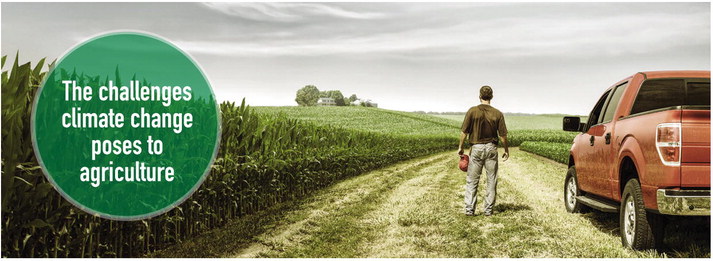Did you know?
Agricultural technology, often referred to as “AgTech,” is playing an increasingly bigger role on modern farms, and that role is evident when examining AgTech startups’ growing access to venture capital. Data from PitchBook and the National Venture Capital Association’s PitchBook-NVCA Venture Monitor, a quarterly report on venture capital activity in the entrepreneurial ecosystem, indicates
